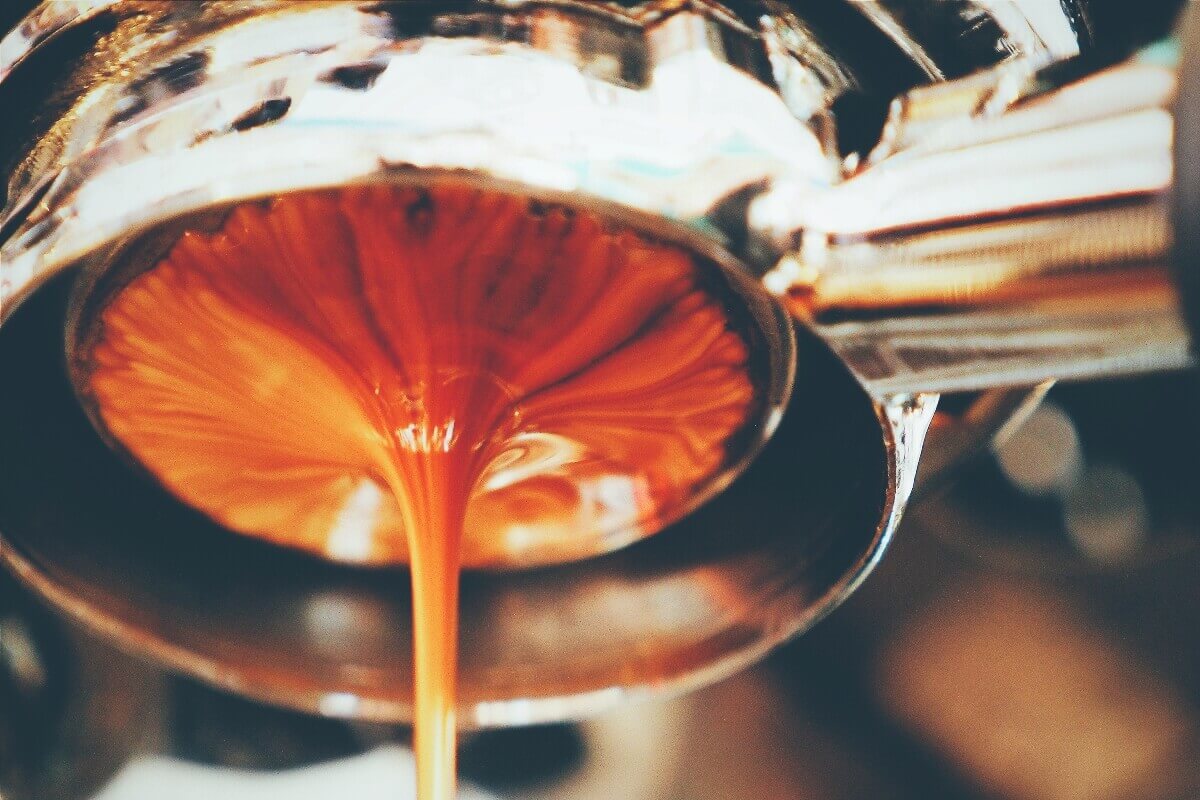The demand for decaf coffee is rising, but few are familiar with the process involved. If you're in the market for decaf coffee, familiarising yourself with the ingredients and processing methods used will help you make an informed purchase.
Unbelievably, paint strippers' toxic solvents were once utilised in the frightening process of decaffeinating coffee. Consumers were alarmed by the usage of these chemicals, but now there are chemical-free methods for decaffeinating coffee.
Having said that, we wish to shed light on the several processes involved in producing decaf coffee.
- Indirect-Solvent MethodSince water is a universal solvent, it is utilised to extract caffeine from the coffee bean. The beans are soaked in water that is nearly boiling, and then the water is separated and moved to a different tank. In this case, the chemical solvent is added to the water, causing the caffeine to attach exclusively to the solvent.This is followed by heating the water, at which point the chemicals and caffeine are released, and then adding the water back to the bean. This allows the coffee's oils and tastes to be reabsorbed.You may probably guess why this method is called "no-contact" because the solvent never actually comes into touch with the coffee. It's natural to wonder if your decaf espresso poses any health risks. The use of toxic compounds like benzene, trichloroethylene, and chloroform in the past has prompted this discussion.Methylene chloride and ethyl acetate are the chemicals of choice now; while they are still chemicals, they are thought to be harmless, and any leftover solvent in the coffee beans will be destroyed by the roasting process.
- Direct-Solvent MethodIn order to remove caffeine, a brand-new technique known as the direct-solvent approach has been developed. To do this, coffee beans are first soaked in a methylene chloride solution. Caffeine in coffee beans can be extracted using the chemical solvent methylene chloride. Though it takes a lot less time than other procedures, the procedure is not without its flaws.The traditional wet technique is more cost-efficient. Using this procedure, you can get roughly 2 kilogrammes of decaffeinated coffee beans out of 1 kilogramme of dry coffee beans; using the wet process, you can get up to 3 kilogrammes. The open system of the dry technique, which allows chemicals and food products to come into direct contact, also increases the potential for contamination.
- The Swiss WaterThe first phase of the Swiss Water Process, like the other decaffeination processes, is to soak the green coffee cherries in hot water to extract all of the water-soluble chemicals from the cherries, which is called GCE (Green Coffee Extract). To begin the extraction process, the cherries must be cleansed and pre-soaked to remove any dust and the silverskin, the outermost layer of skin.Preparing the cherries is the first step in the GCE extraction process. The caffeine is then gently removed by letting the liquid filter through layers of activated charcoal after soaking the cherries in GCE for a long time. After the caffeine has been extracted and trapped in the "carbon filtration system," the carbon is heated in a furnace, where the volatile caffeine molecules are easily evaporated, allowing the activated charcoal filter to be reused.The GCE undergoes continuous renewal and improvement throughout, allowing it to be recycled for use in subsequent batches of decaf coffee. After the coffee cherries have had the caffeine extracted, they are dried, roasted, packaged, and shipped to distributors and retailers. Since the Swiss water process employs only natural components in its decaffeination process, it is the method of choice for the vast majority of organic coffee roasters when creating decaf espresso blends.
- CO2 TechniqueEven if carbon dioxide can be manufactured synthetically, it is still considered an organic gas, hence the process is classified as organic. Extraction vessels constructed of stainless steel that can withstand very high pressure are used to extract the bean liquid from the beans. The extractor is then sealed and carbon dioxide (CO2) is added at pressures of 1,000 pounds per square inch to extract the caffeine.At these pressures, CO2 becomes a liquid. Caffeine and other big taste molecules are dissolved in the solvent-like carbon dioxide before being moved to the absorption chamber, where the pressure is released and the CO2 reverts to its gaseous condition. The process will then repeat using recycled, caffeine-free carbon dioxide. Because of its high price, this method is typically reserved for commercial organic decaf coffees.
Closing Thoughts
There are advantages and disadvantages to each of the four decaffeination processes, and ultimately, it's up to personal preference to determine which way you prefer. The Carbon Dioxide Method, on the other hand, is unrivalled when it comes to maintaining the authentic flavour of the coffee cherries.
Prior to roasting, the coffee cherries are subjected to the Swiss Water process, which involves a great deal of care and attention to the point where the lost components are reintroduced. Both of the chemical solvent-based processes for decaffeinating coffee are trustworthy and relatively risk-free. They also yield coffee that is fairly consistent and milder than non-decaf roasts, but which nonetheless tastes remarkably like the stimulating brew you remember from your youth.







Follow us